20 Amazing Facts About Saturn
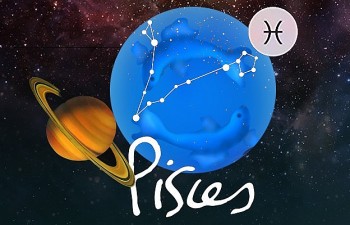 Saturn Enters Pisces: How Will Be Your Life in the Next 3 Years Saturn Enters Pisces: How Will Be Your Life in the Next 3 Years |
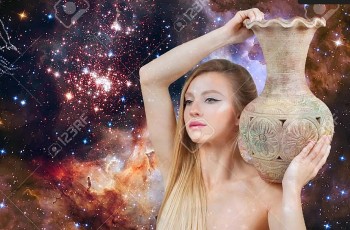 Top 4 Luckiest Zodiac Signs When Saturn Enters Pisces After 20 Years Top 4 Luckiest Zodiac Signs When Saturn Enters Pisces After 20 Years |
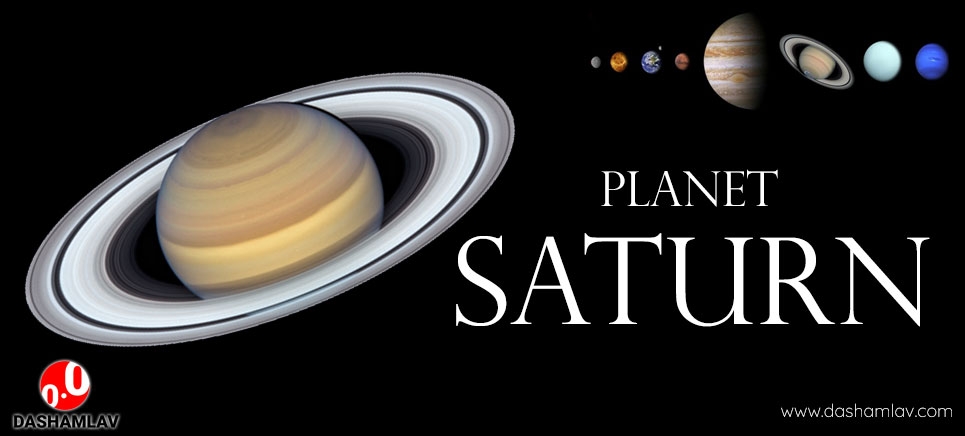 |
| Facts About Saturn - Photo: Dashamlav |
The fact that Saturn has 82 moons—more than any other planet—makes it the king of the moons.
Sometimes, Saturn is referred to as "The Jewel of the Solar System." It's a planet that is very different from our own. Saturn has long caught the attention of humans. They have been puzzling over it for countless years.
About 9.5 times larger than the diameter of the Earth, Saturn's equatorial diameter is 120,536 km. Saturn's volume is 764 times larger than Earth's, and its surface area is 83 times larger. In other words, Saturn has enough room to accommodate 764 planets the size of Earth. Finally, Saturn has a mass that is 95 times greater than that of the Earth.
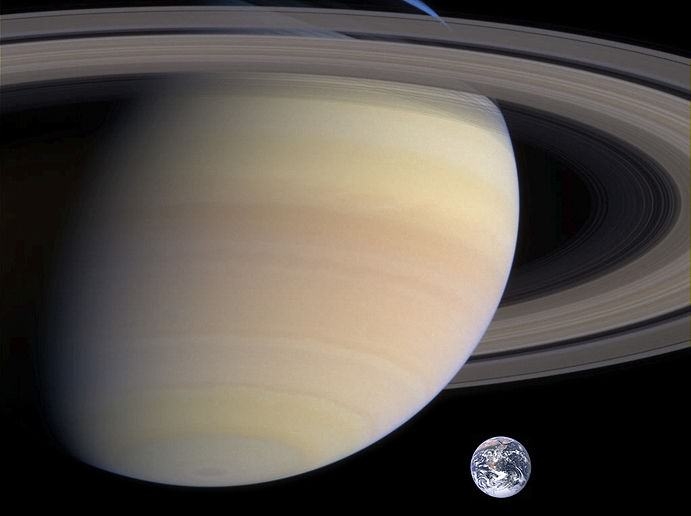 |
| Saturn is 95 times more massive than Earth. Photo: Universe Today |
Here are the top 20 interesting facts about Saturn:
#1. Saturn is the sixth planet from the Sun and last of the planets known to ancient civilizations. It was known to the Babylonians and Far Eastern observer.
#2. Saturn is one of five planets able to be seen with the naked eye. It is also the fifth brightest object in the solar system.
#3. In Roman mythology, Saturn was the father of Jupiter, king of the gods. This relationship makes sense given that the planets Saturn and Jupiter are similar in so many respects, including size and composition. The Greek counterpart is known as Cronus.
#4.The name "The Ringed Planet" is the one given to Saturn most frequently. It refers to the planet's extensive, stunning ring system. The main components of these rings are ice cubes and carbonaceous dust. They are only 20 meters thick, but they extend more than 12,700 km from the planet.
 |
| Saturn is "the ringed planet". Photo: Google Sites |
#5. More energy leaves Saturn than it takes in from the Sun. This peculiar quality is thought to be caused by the planet's gravitational compression and friction from the significant amount of helium present in its atmosphere.
#6. It takes Saturn 29.4 Earth years to orbit the Sun. This slow movement against a backdrop of stars led to the planet being nicknamed “Lubadsagush” – or “oldest of the old” – by the ancient Assyrians.
#7. Saturn has the fastest winds of any other planet in our solar system. These winds have been measured at approximately 1,800 km per hour (1,100 miles per hour).
#8. Saturn is the least dense planet in the Solar system. It is made mostly of hydrogen and has a density which is less than water – which technically means that Saturn would float. The layers of hydrogen get denser further into the planet, eventually becoming metallic and leading to a hot interior core.
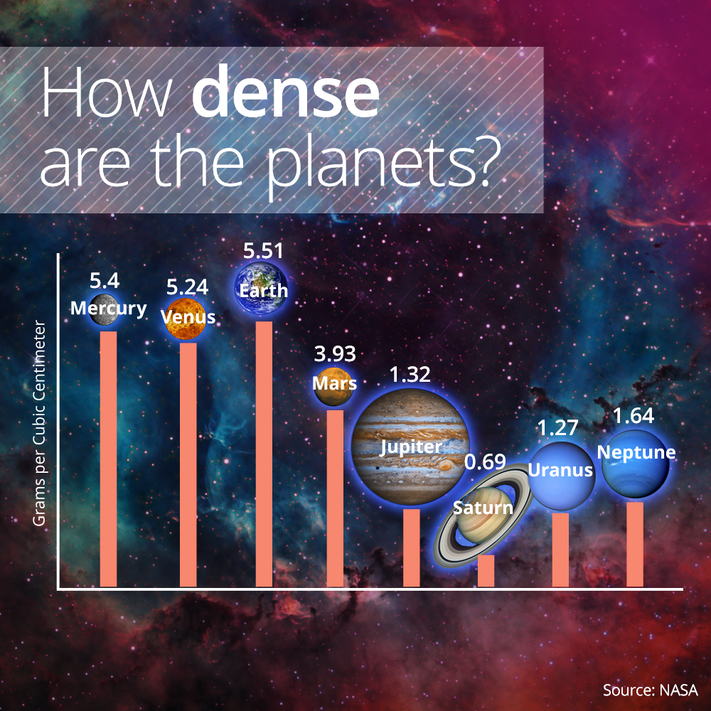 |
| Photo: Forbes |
#9. Saturn has 150 moons and smaller moonlets. All of these moons are frozen – the largest of which is Titan and Rhea. The moon Enceladus also appears to have an ocean hidden below its frozen surface.
#10. Of the eight planets, Saturn is the flattest. Saturn is the flattest of all the planets, with its polar diameter being 90% of its equatorial diameter. This is caused by the planet's low density and quick rotational rate; Saturn takes 10 hours and 34 minutes to complete one complete rotation of its axis.
#11. Saturn has oval-shaped storms which are similar to those of Jupiter. Scientists believe that the hexagonal-shaped pattern of clouds around Saturn’s north pole may be a wave pattern in the upper clouds. There is also a vortex over the south pole which resembles hurricane storms on Earth.
#12. Cassini's moon After Jupiter's moon Ganymede, Titan is the second-largest moon in the Solar System. It is made of water, ice, and rock, and has an intricate and dense atmosphere that is primarily nitrogen-based. Lakes of liquid methane and a landscape covered in frozen nitrogen can be found on Titan's frozen surface. Titan might be a place where life exists, but it wouldn't be life like we know it on Earth.
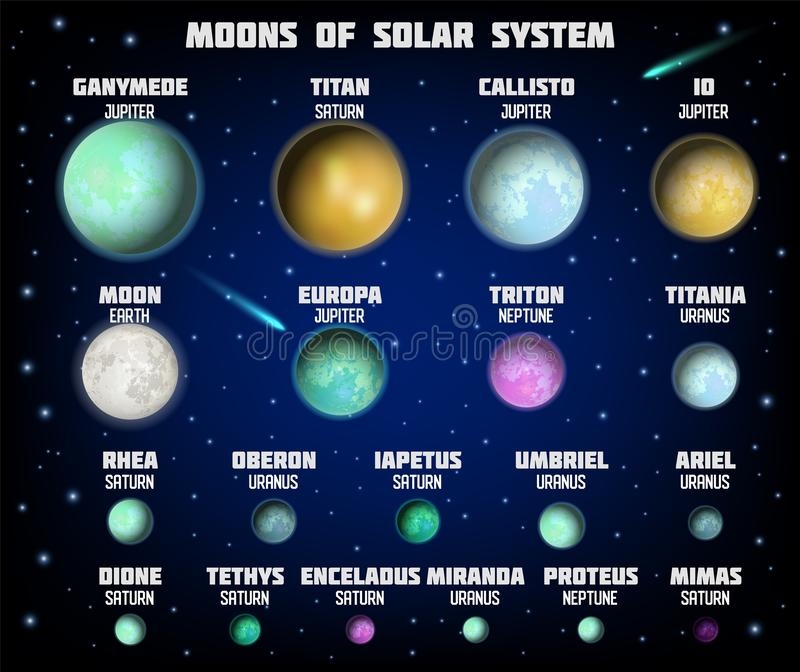 |
| Photo: Dreamstime |
#13. Because ammonia crystals exist in its upper atmosphere, Saturn appears to be a light yellow color. Clouds that are primarily made of water ice can be found below this ammonia ice layer. Layers of sulfur ice and cold hydrogen mixtures are located even lower.
#14. Four spacecraft have travelled to Saturn. These include Pioneer 11, Voyager 1 and 2, Cassini-Huygen, and Pioneer 11. On July 1, 2004, Cassini started its orbit around Saturn. It is still sending back data about the planet, its rings, and its numerous moons.
#15. The magnetic field on Saturn is slighter weaker than Earth’s magnetic field. Saturn’s magnetic field strength is around one-twentieth the strength of Jupiter’s
#16. Saturn and Jupiter combined account for 92% of the entire planetary mass in the solar system.
#17. The interior of Saturn is very hot, reaching temperatures of up to 11,700°C (21,000 °F).
#18. Saturn is 1,424,600,000 km from the Sun. This is around 0.9 billion miles.
#19. The most well-known planet in the Solar System, aside from Earth, is unquestionably Saturn. This has a very clear cause. Even though the other gas giants have planetary ring systems, none of them can compare to the size and splendor of the one that surrounds Saturn.
#20. Saturn could float in water because it is mostly made of gas. (Earth is made of rocks and stuff.)
 |
| Photo: DevianAr |
In Conclusion
The most distant of the planets that can be seen without a telescope or binoculars, Saturn's rings have long been recognized as a striking feature.
The last planet that ancient civilizations were aware of is Saturn. In addition, it is one of the least understood in the present. Scientists anticipate learning more about Saturn, its moons, and its planetary ring system with the Cassini-Huygens planetary mission, which is currently in operation. There are other planets with rings, but this one unquestionably has the most attractive and conspicuous ones.
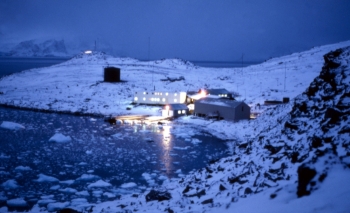 Top 7 Loneliest Places on the Planet Top 7 Loneliest Places on the Planet There are times when you want to leave everything behind and looking to take a break from the ongoing societal craps in your life, you ... |
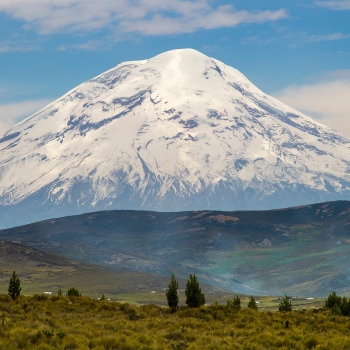 The tallest mountain on Earth: Mount Everest, Mauna Kea in Hawaii, and now Chimborazo in Ecuador? The tallest mountain on Earth: Mount Everest, Mauna Kea in Hawaii, and now Chimborazo in Ecuador? Mount Everest which is believed is the highest moutain so far is beaten by Chimborazo, in Ecuador and Mauna Kea on the island of Hawaii? |
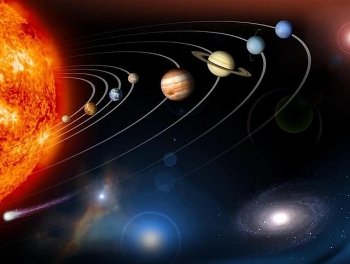 20 facts of Solar System 20 facts of Solar System About 4.6 billion years ago, a giant cloud of dust and gas are known as the solar nebula collapsed in on itself and began to ... |























